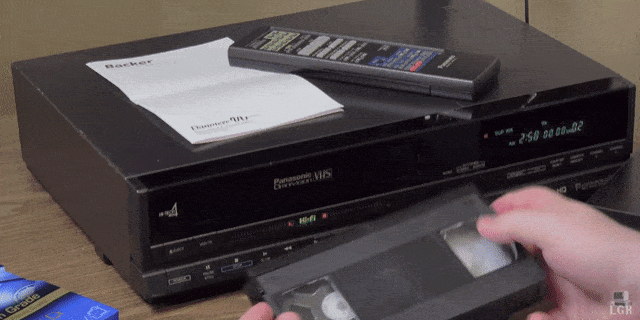It's all good theory, but pratical not so much.
A VHS tape of 5 hours playtime, could store upwards 2GB when i examined it, in 2000~(which by that time, still was alot, but transfer speeds was like USAFred said.. SLOW.
A Minidisc can store 120MB
A casette tape can store about 4MB
The article itself, says it all; its all about medium; there have been plenty of progression from the 1980 casette tapes.
or to quote the article:
Just like with hard drives, the right magnetic layer is only a part of the equation. Positioning read/write heads over 56.2-nm wide tracks on a tape that is streamed at a speed of approximately 15 km/h is challenging. To do so, IBM and Fujifilm developed a low friction tape head technology that can position its ultra-narrow 29nm-wide TMR read sensor at an accuracy of 3.2nm.
Now remember those accuracy has to last for 30 years+.
It's no small steps done.
Also physical sizes is about what fits in current gear. LTO is made to fit inside a 5.25" slot at its tiniest place; Making them smaller would mean less storage/more expensive pr carddige pr MB/no clear benefiths over QLC+/HDD's. Making them larger would mean they need to develop a new supplychain of devices/infrastructure/robots/cabinets/etc. It's no small feat.
An LTO doesn't have multiple spindles, because, there is just one tapestream.
Instead they have 32+(LTO7 or later) tracks that can be read by each read/write element.
With 3584 tracks on each tape, it therefor still requires 112 rounds before you fill entire tape.
Also, the transferspeeds of tapes is quite good; 300MB/sec for uncompressed data at LTO7.
Finaly LTO has a RFID tag on them, that can be used much smarter with "offline" storage, unparallel to what 'offline' hdds/ssds offers.
So, yes, it take's some time to seak a tape, approx a minute, but for its intended usage, tape's other superioritys simply outshine the alternatives.


